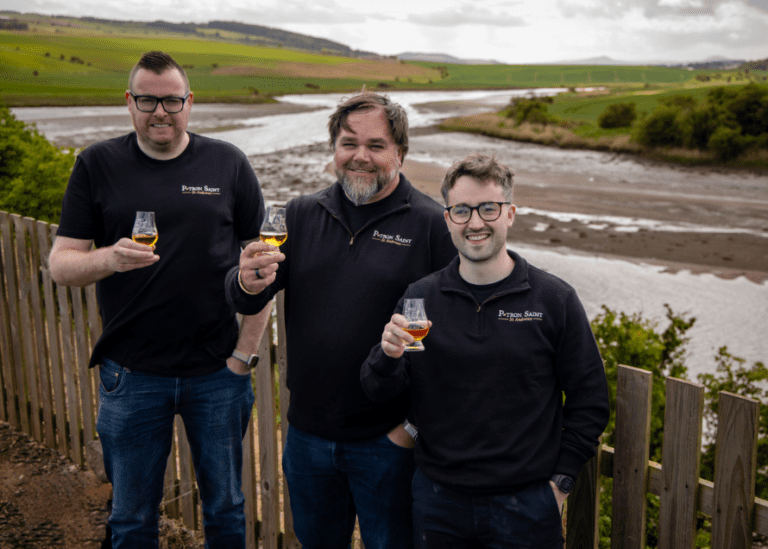
Launch of Patron Saint a new whisky venture near St Andrews
Here’s something that caught my attention recently – Patron Saint, a new independent bottler that’s just opened near St Andrews, and they’re doing some genuinely interesting things in a market that’s been getting a lot of mixed signals lately.
You know how the big players like Diageo and LVMH have been dealing with declining share prices and profit warnings? Well, this team sees opportunity where others see challenges. Their thesis is pretty compelling – consumers are shifting toward that “less but better” mentality we’ve been seeing across premium categories. It’s the same mindset that’s got people spending on barista coffee every morning; they want quality experiences at the end of the day too.
The numbers back up their optimism. Premium spirits globally are tracking for 9.7% CAGR through 2030, hitting $409 billion, while premium whisky specifically is looking at 6% CAGR to reach $114 billion. Scotland’s well-positioned here with all the innovative new distilleries and increased production capacity we’ve seen recently.
What’s fascinating about Patron Saint is their positioning. Rather than being another distillery startup, they’re positioning themselves as “editors and publishers, rather than authors” – curating and enhancing existing excellent whisky through collaborative releases, creative cask finishes, and innovative maturation techniques. They’re putting real focus back on the art of blending, which honestly feels refreshing.
The team behind it includes David Hamilton (serial entrepreneur), Campbell Archibald from Angus Alchemy, whisky professional Aidan Muir, and developer Michael Johnston. They’re planning to create 10 full-time jobs by 2027 and have their eye on adding a boutique distillery producing around five casks weekly.
Their current collaboration with the British and Irish Lions involving six distilleries shows they’re serious about that collaborative approach. They’re also rethinking the visitor experience – moving beyond standard tours toward something more bespoke and immersive.
The initial £3 million investment covers state-of-the-art cask management, stock, bottling equipment, and technical infrastructure, with similar investment planned for the future distillery. What I appreciate is their focus isn’t just on volume but on contributing meaningfully to the local scene and drawing visitors to explore the broader region.
It’ll be interesting to watch how this curator-first approach plays out in our increasingly crowded market.
